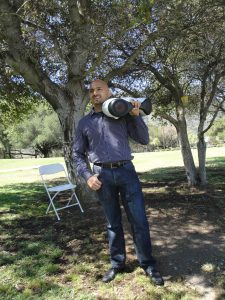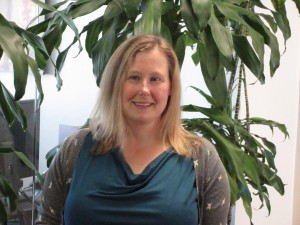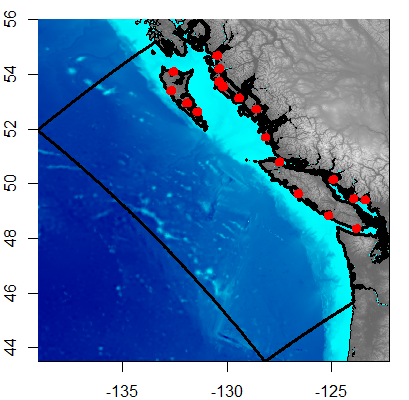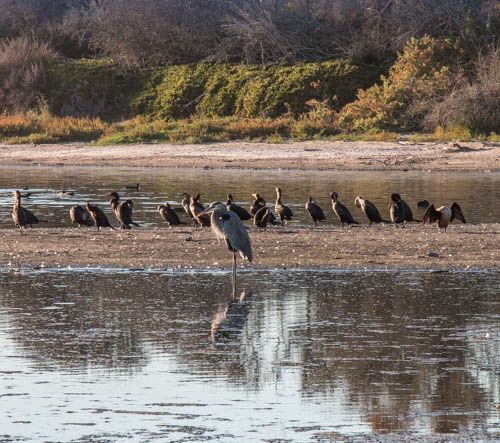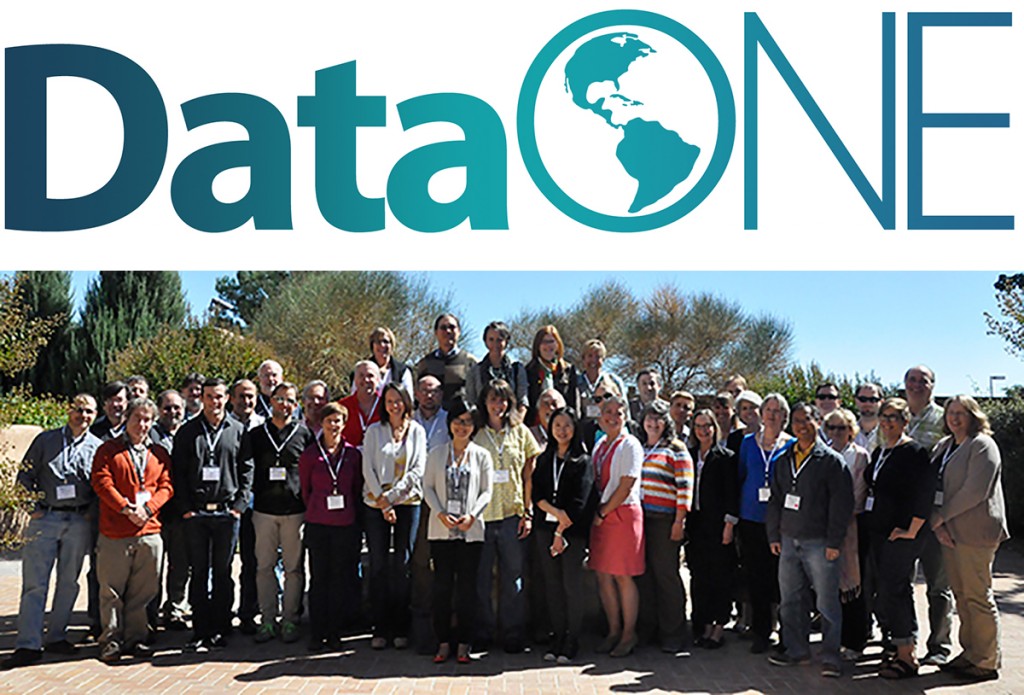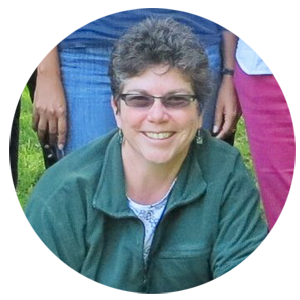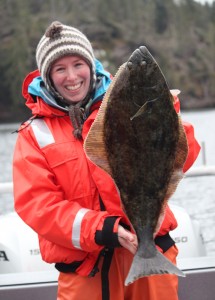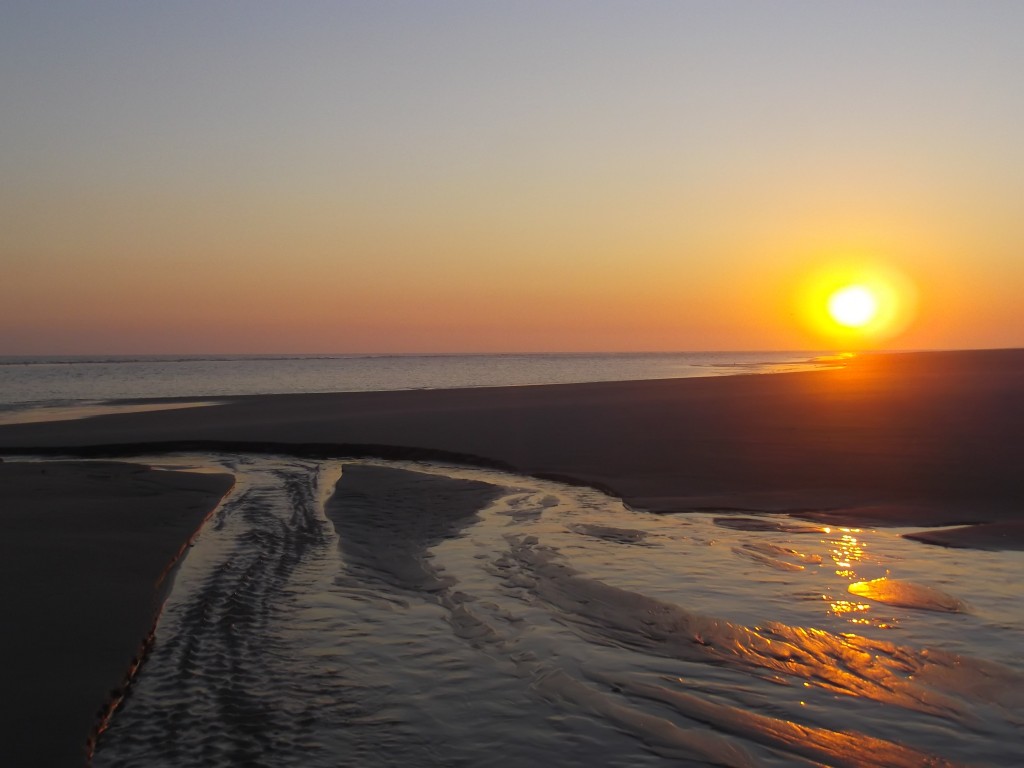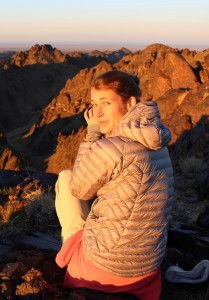Dear All,
Next week’s roundtable will be led by Dr. Toni Frohoff of Terramar Research along with, Dr. Tema Milstein at the University of New Mexico, Elizabeth Oriel of the Co-Habitation Institute and Laura Bridgeman at the Earth Island Institute.
Conservation, as we understand it, is a coupling of human and more-than-human
interests, concerns, goals, and relationships. In our view then, conservation depends
upon a building of interspecies relationships in which long-term mutual thriving is
the goal, and human interests don’t necessarily outweigh those of other animals or
plants. The central question of our time is how humans can better cohabitate
with/in as integral parts of ecological systems. This paradigm informs our research
and related advocacy for cetaceans (whales, dolphins, and porpoises) and coastal
communities. Cetaceans are sentinels of ocean health and their current high
mortality rates indicate massive failure of ocean protection efforts and cohabitation
efforts. Cetaceans are also valued by the public for being iconic, charismatic
representatives of the marine environment in many cultures. Yet beyond
functionality and emotionality, a phenomenon of cetacean sociable behavior
directed towards humans, unique among other free-ranging species, has occurred
and, more recently, has been systematically studied, in cetaceans. Cetaceans in
groups, and sometimes individually (the latter called “solitary sociables”) actively
seek interactions with human swimmers, waders, boaters, and divers – in the
absence of food provisioning – in certain locations globally. These situations provide
exceptional opportunities for both the study of cetacean behavioral ecology and
cognition and also for cetaceans to serve as public ambassadors of oceanic
protection. But surprisingly, these shared marine environments often become
centers of conflict about how to cohabitate in shared marine communities. Our
team is leading multi-disciplinary research, combining academic, scientific, and
advocacy platforms, and consulting on issues including successful cohabitation with
solitaries, which is part of a larger study documenting elements of successful
cohabitation among humans and coastal ecosystems. As part of this emerging
species-inclusive and non-anthropocentric paradigm, Dr Toni Frohoff developed
Interspecies Collaborative Research, in which both researcher and subject(s)
participate in a mutually interactive investigation. Our diverse approach, that
includes ethology, ecology, and social science, is ecocultural, multi-species in
orientation, and centers on serving and advocating for the interests of the species
and ecosystems we interact with and study.

Dr. Toni Frohoff
Terramar Research

